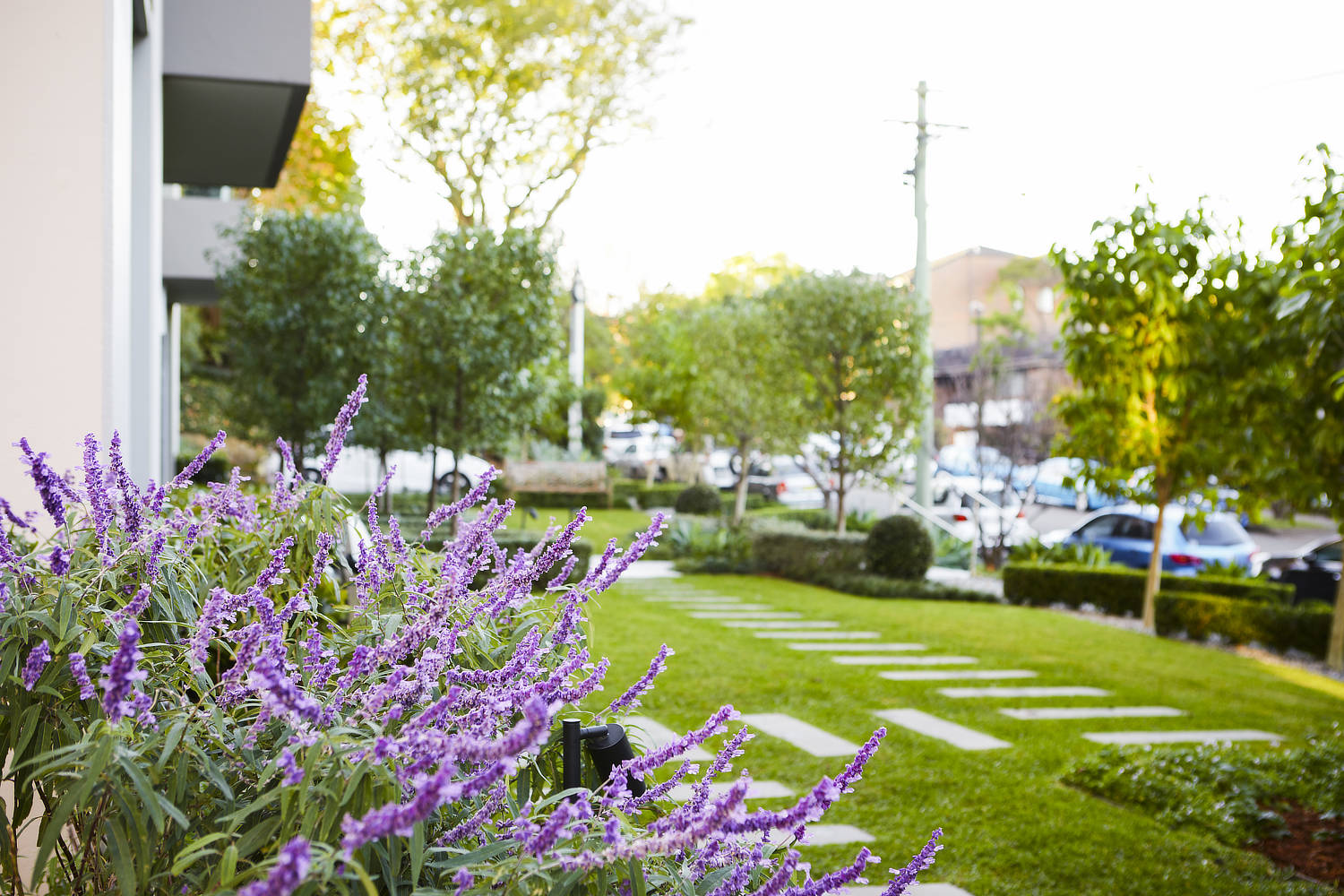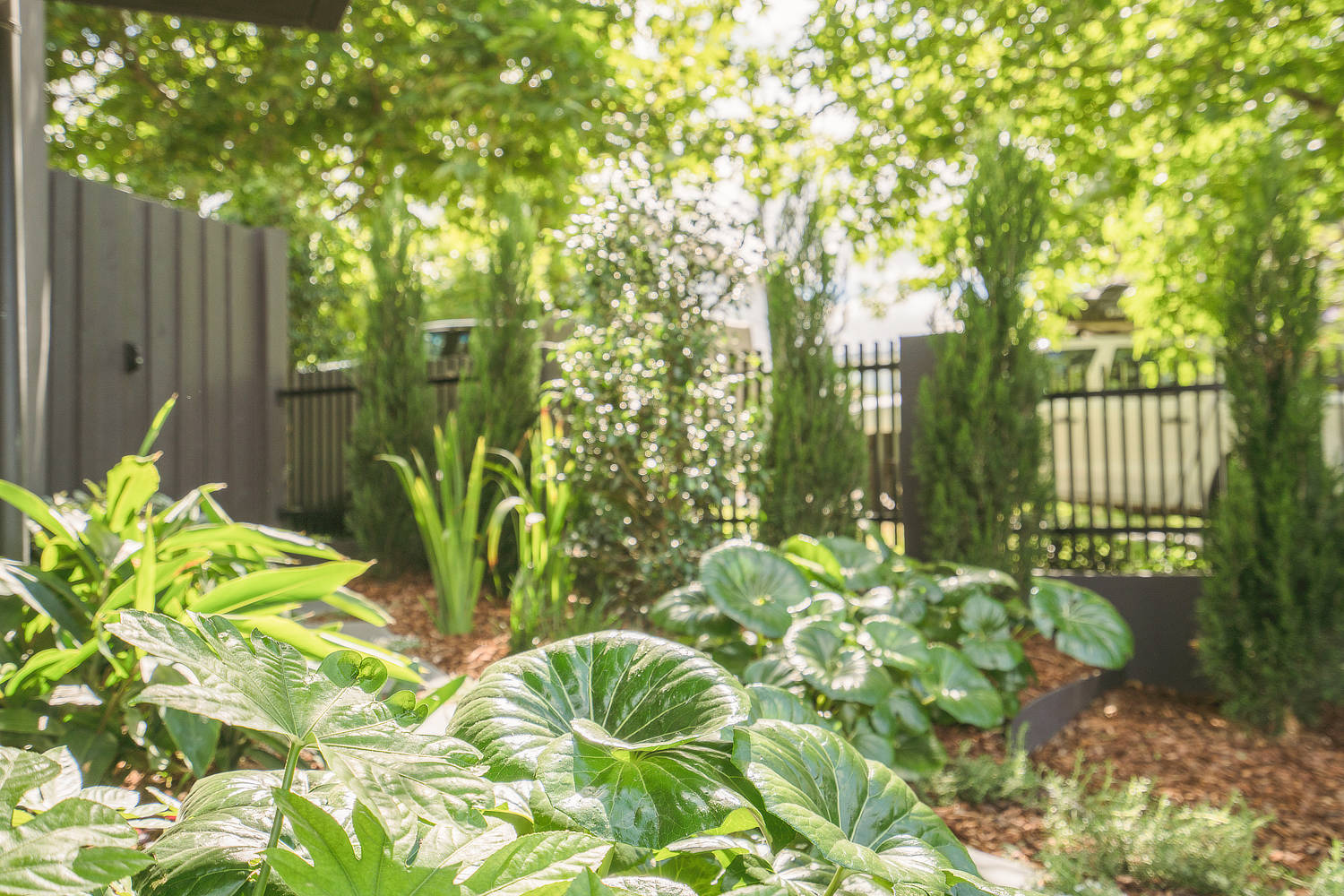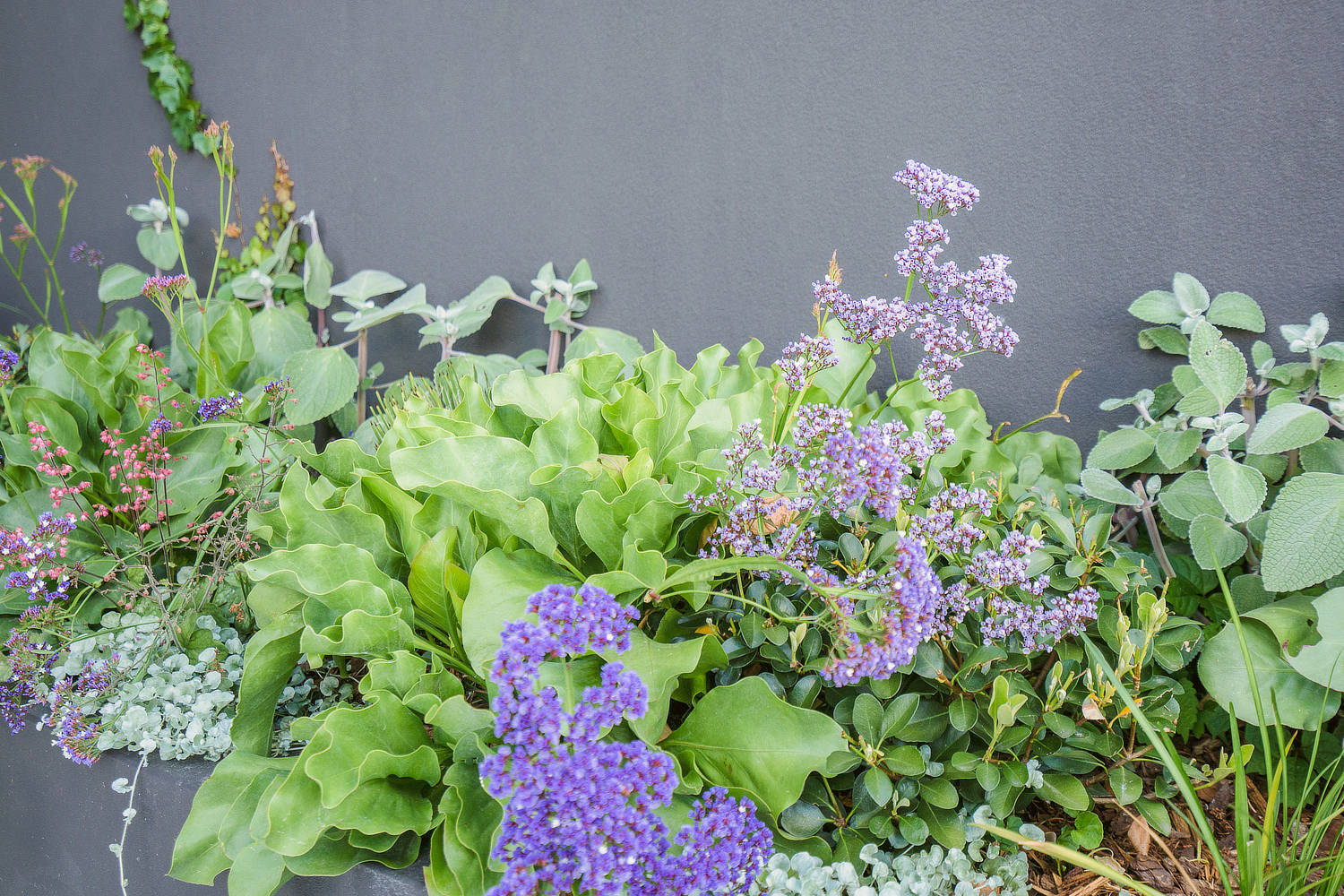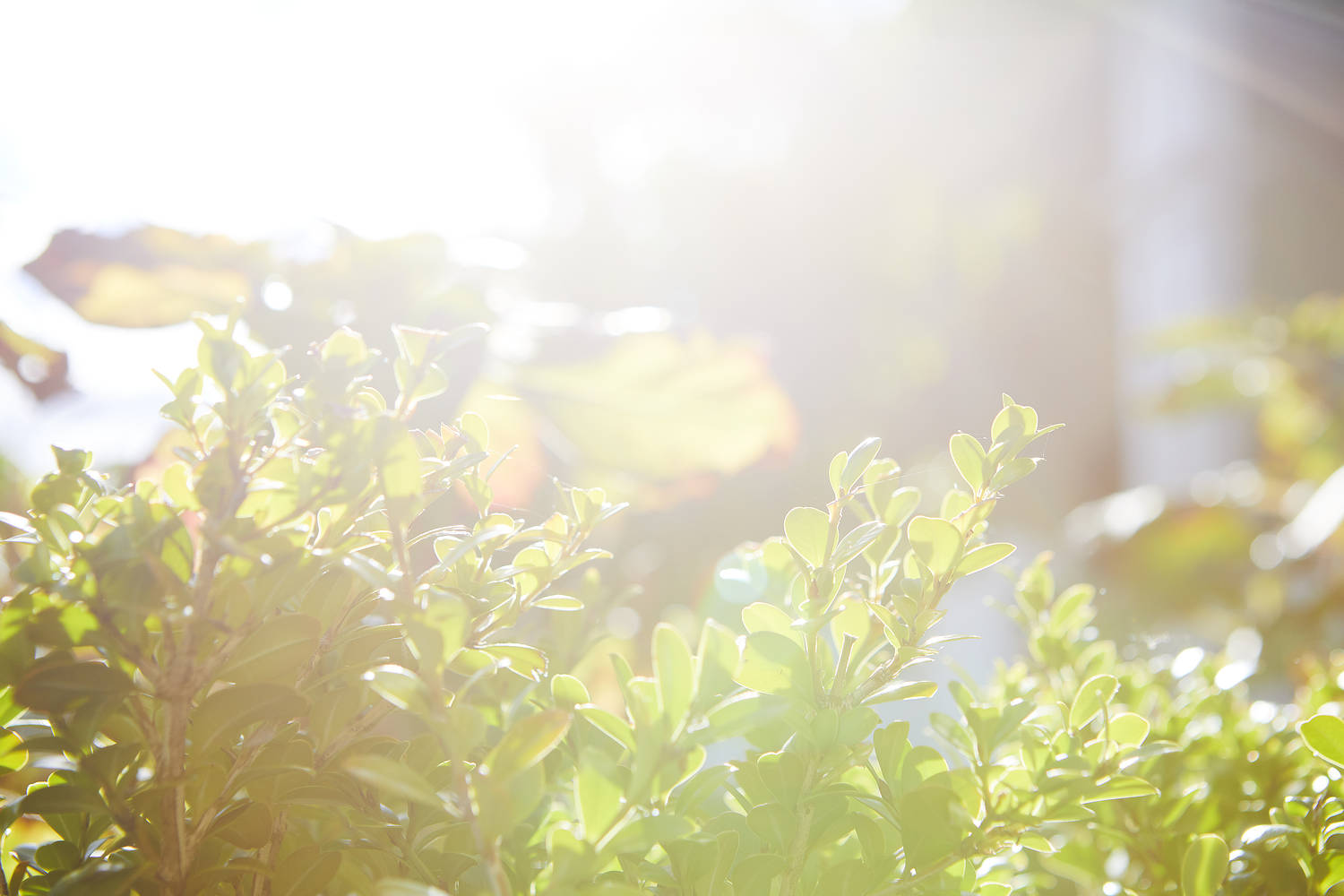Late winter in my garden used to seem like a real drag, when everything had slowed down and the colour had left the garden. So, I decided to make some changes and bring in some colour making sure I had interest all year round.
In my cottage and woodland areas of the garden I introduced Hellebores. These lovely foliage plants flower in winter, hence the common name ‘the winter rose’. They naturally grow in woodland, so you’ll need to improve the soil with lots of compost and mulch heavily to achieve a natural habitata for them which gives the best results. The flowers come in a huge array of colour and the flowers nod down in a distinct habit. The only issue with hellebores is, if you don’t get close to them you can’t really appreciate the flowers, due to the nodding habit. I’m regularly on my hands and knees weeding so can appreciate them but if you prefer to view your flowers from a comfy seat go for the newer ‘gold collection’ varieties as these have upward facing blooms.
In my more contemporary sections of the garden, I have added some succulents, mainly Euphorbia firesticks and an aloe called ‘Southern Cross’. Firesticks sounds exactly like the name – a mixture of red, yellow and orange foliage that stands tall in the garden up to 2 meters. The sap from this plant can irritate the skin and cause temporary blindness so plant in the back of a bed where you can appreciate the beauty and height yet stay away from the sap. In front are my aloes, the bright yellow flowers complement the firesticks perfectly and when not in bloom a blue grey tone to the foliage also works well. This aloe stands about 60cm tall and forms a skirt to the firesticks adding a textural contrast as well as the winter colourful blooms. As both the plants are succulents they require good sun and excellent drainage.
I had a small section of semi shade that required some screening so a row of 5 Camellia reticulata has gone in. These are the camellias with the largest of leaf and flower and are the best suited to lower light levels. I used different varieties to obtain different flowering interest in reds and pinks but selected the plants for their similar habit so when not in bloom the screen looks formal and ornamental. Camellias are quite shallow rooted plants so mix plenty of organic matter through the soil to improve the top layer and mulch to insulate come the hotter months. To get the best blooms in winter you need to fertilise in autumn when you see buds forming, a good handful of chicken manure pellets will do the trick followed up a few weeks later with a liquid fruit and flower fertiliser applied to the foilage.
I have also dotted through a few Strobilianthes goldfussia to various areas of the garden as this can take partial shade and sun. This plant has striking purple foliage and a mauve flower that will spot flower through the year, including late winter and early spring. After flowering cut back by a third to promote a bushy dense plant. Goldfussia prefers slightly humid conditions so don’t be scared to crowd it into a garden bed and mist on hot days to keep it happy, improving the soil with organic matter will also aid in water retention around the plant.
Of course, there are also plenty of natives that flower in winter as they have evolved to produce seed when they do not have the risk of high temperatures drying them out. Grevillea, Banksia, tea tree and of course the Acacia.




